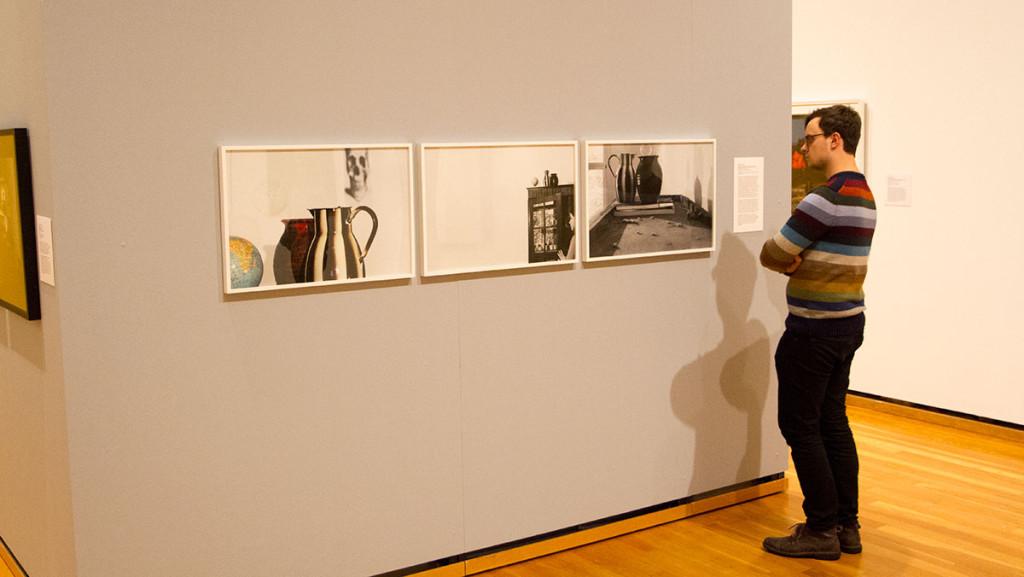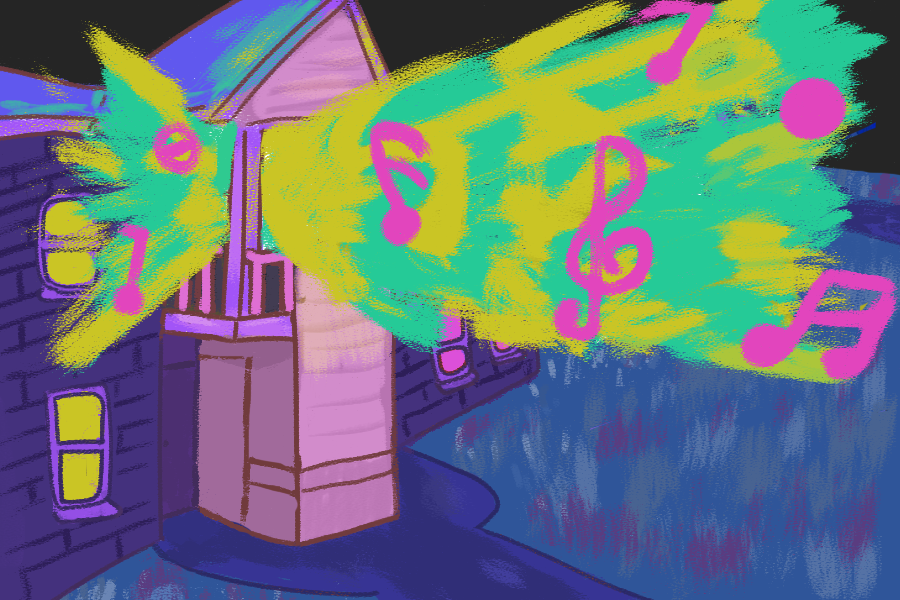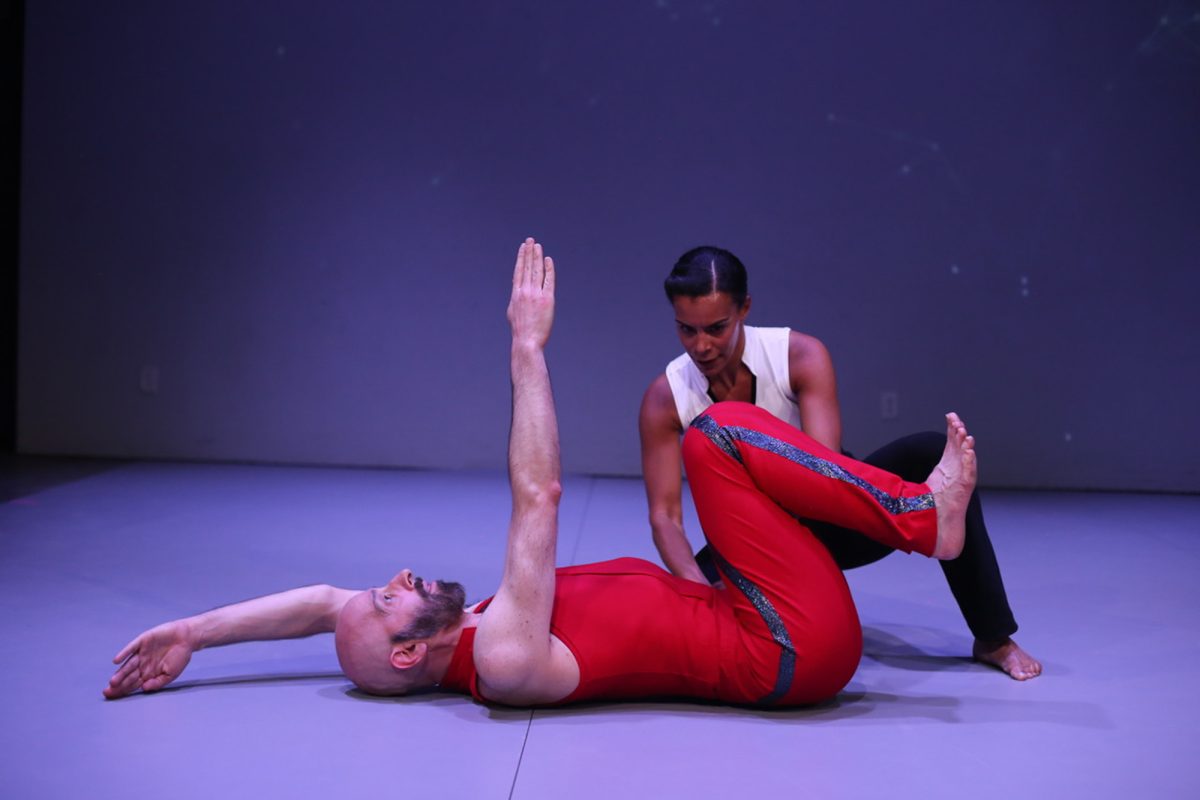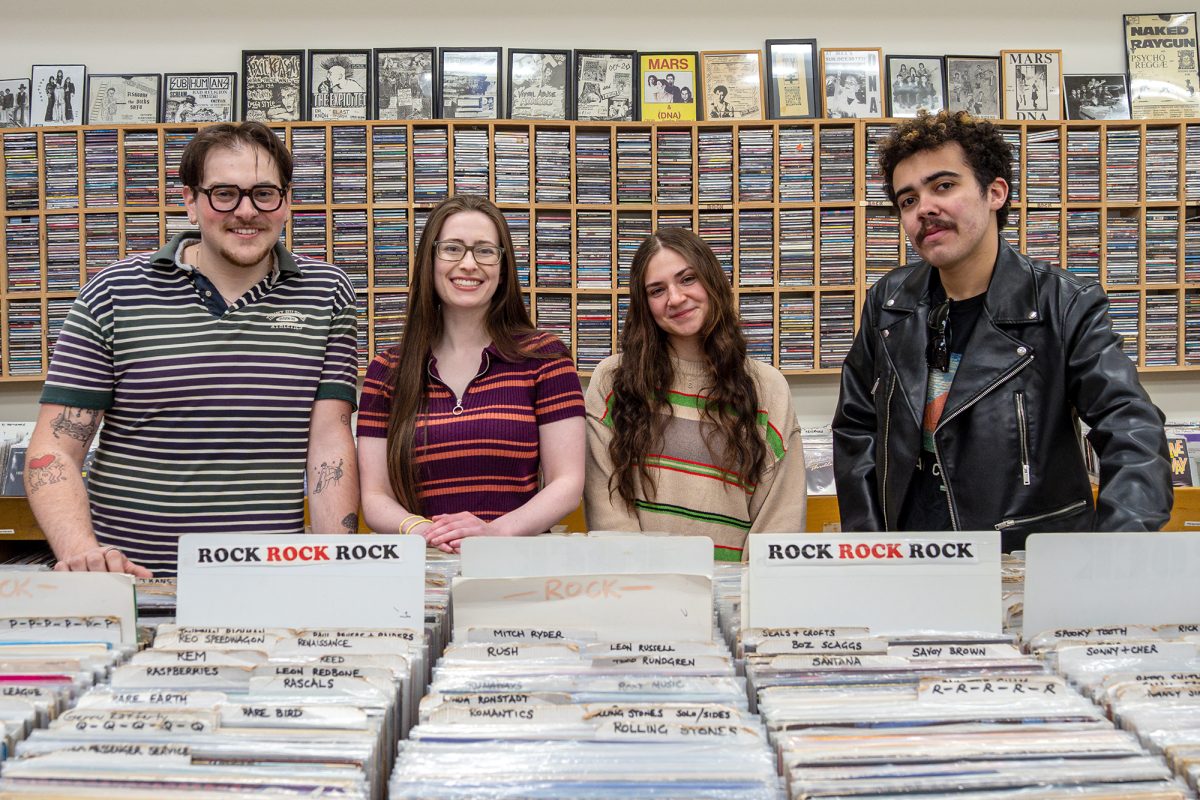With one display of surreal photographs and another of semi-biographical photojournalism, two exhibits in conjoined rooms juxtapose the abstract and the literal.
The Johnson Museum of Art opened two new exhibitions Jan. 24, exploring two sides to photography through both staged photographs and photojournalism. “Staged, Performed, Manipulated” displays artistic photographs and photo series selected from the museum’s existing collection of artwork, which examine whether it is possible to tell when a photograph is staged. In the next room, “Margaret Bourke-White: from Cornell student to visionary photojournalist” showcases work from the Cornell University alumna for whom the exhibit is named. These photographs are historical documentation, and their content isn’t generated creatively by the photographer. However, Bourke-White’s approach to photography leaves an aesthetic mark on all of her works, leaving viewers to question once more how much of what they are seeing is up to the photographer’s interpretation.
“Staged, Performed, Manipulated” is inspired by daguerreotypes, an early type of photography, which was always staged due to long exposure time, and reckons with a world in which this time constraint no longer exists. Cameras of the modern day produce pictures that can easily be taken in split seconds, blurring the line between what happened of its own accord and what was faked. The dozen-or-so pieces were pulled from the Johnson Museum’s archives, and don’t necessarily offer cohesion. Rather, each piece examines a subtler way in which the content of photographs can be generated by the photographer.
Andrea Inselmann, who curated “Staged, Performed, Manipulated,” said the purpose of the exhibit is to draw attention to the amount of trust often placed in photographs.
“From the very beginning of photography, artists manipulated what they say and what ended up in the photograph,” Inselmann said. “I tried to connect to that history and to how there’s this still idea, even with the proliferation of photography, that we’re looking at some kind of reality.”
The photographers use a range of techniques to convey their staged scenes. Certain images, like one featuring the figure of a boy in several poses layered together like a crowd, are digitally manipulated using computer software programs. Another piece, “Untitled (vanity)” by Gregory Crewdson, features a woman surrounded by mirrors and doors, sitting at a vanity table with a dazed expression and watching her lover’s reflection in the mirror. The piece is emboldened and eye-catching, full of dramatic lighting and rich, colorful details.
“Crewdson is known for his Hollywood-like production values in his work, where he works with an entire crew, just like a film director, to produce these still images,” Inselmann said. “It’s all obsessing over the details. It really heightens the drama beyond what you would see in reality.”
Other photographs are taken of miniature models the artists produced in studio. Still more focus on the subjects themselves, who, Inselmann said, often choose the way they want themselves to be represented, influencing the content of the photograph. Overall, the exhibit leaves the viewer wondering whether photography should be trusted. The images themselves may capture actual events, but the events themselves may have been a performance.
In this context, the placement of the exhibit next door is even more remarkable than its contents. Featuring select pieces from the life’s work of a renowned photojournalist contains the stark opposite of its sister exhibit, offering a chronological display of historical photographs.
Bourke-White was a legendary photographer and journalist who graduated from Cornell in 1927. She then went on to document some of the most significant moments in history, including the 1930s industrialization of Russia, women on the frontier during the Great Depression, WWII-era Germany and guerilla warfare trials of the Korean War. Inselmann said many of the prints were part of the museum’s existing collection and were chosen to be displayed to celebrate Cornell’s sesquicentennial.
“The idea behind it was that she’s a famous Cornell alumna, and it’s an attempt to really claim her as such,” Inselmann said. “With the 150th anniversary of the university, we wanted to participate in the whole discourse surrounding that, how there are important artists and photographers coming out of Cornell.”
Inselmann said the two exhibits aren’t as different as they might initially seem.
“It’s really interesting when you delve into Margaret Bourke-White a little more, because she staged some of her photographs too,” Inselmann said. “It’s not as candid as they might seem. The simple fact of cropping an image and framing it — how candid is that?”
Combined, the exhibits examine what is most valuable about a photograph.
“There really are a lot of things to think about in terms of photography and how it presents the world around us,” Inselmann said. “It’s not quite as objective as we were led to believe.”














